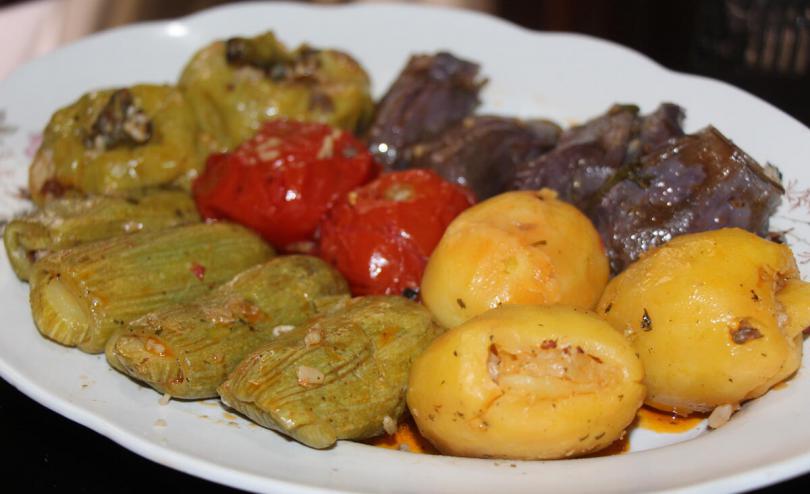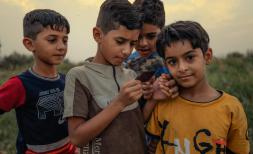PHOTO SERIES: Rising food costs reflected on our plates

Photos: https://www.contenthubsavethechildren.org/Package/2O4C2SDOMG74
Quiz: https://www.savethechildren.net/how-well-do-you-know-your-food-1
LONDON/GENEVA, 12 October 2022 – As World Food Day approaches on 16 October, Save the Children has released a new photo series showing how families around the world are being priced out of their favourite plates of food.
The series includes popular dishes from Madagascar, Syria, and Afghanistan, and compares how the dishes have increased in price in recent months.
Romazava is a popular dish from Madagascar made from greens, meat, tomatoes, and onions, typically accompanied by a portion of rice.
An estimated 1.68 million people are facing extreme hunger in the south and southeast of Madagascar. Due to Covid-19 and the global food crisis, the price of meat and rice has increased around the country. Many low-income families now only have access to the edible leaves in this dish.
Mahashi is a favourite dish in Syria where courgettes, tomatoes, aubergines and other vegetables are stuffed with a mix of rice, ground meat and herbs. The price of food has increased 36% in Syria since the war in Ukraine started. The cost-of-living crisis is having a devastating impact on families and children across Syria with a predicted 5.5 million people requiring food support between 2022 and 2023.
Kabuli Palao is a family favourite in Afghanistan made from steamed rice mixed with carrots, raisins and beef or lamb.
Afghanistan’s worst drought in decades and a severe economic crisis have made meat and rice very expensive. Poverty and unemployment have also skyrocketed in the past year. Now almost half of the population face extreme hunger, including six million children and adults who are on the brink of famine.
Gabriella Waaijman, Save the Children’s Global Humanitarian Director, said:
“This year Save the Children heard from over 50,000 children who spoke about how climate change and inequality is impacting their lives. One of the critical issues they raised was how rising food prices were being felt by their families, including through eating less – as well as poorer quality — food.
“Our conversations with children confirm what we have been seeing through our programmes - children are living the reality of a profound, unprecedented hunger crisis on a daily basis, and without urgent action, the frequency and impact of hunger, conflict and other crises are set to increase in the years ahead.”
One child is already being pushed into severe malnutrition every minute, and eight million children are at risk of death in 15 crisis-affected countries. A staggering 345 million people are now experiencing acute hunger, a number that has more than doubled since 2019. Around the world, 50 million people are on the brink of starvation in 45 countries.
The unprecedented global hunger crisis has been fuelled by a deadly mix of poverty, social injustice, gender inequality, conflict, climate change, and economic shocks, with the lingering impacts of the COVID-19 pandemic and the crisis in Ukraine further driving up food prices and the cost of living.
ENDS




